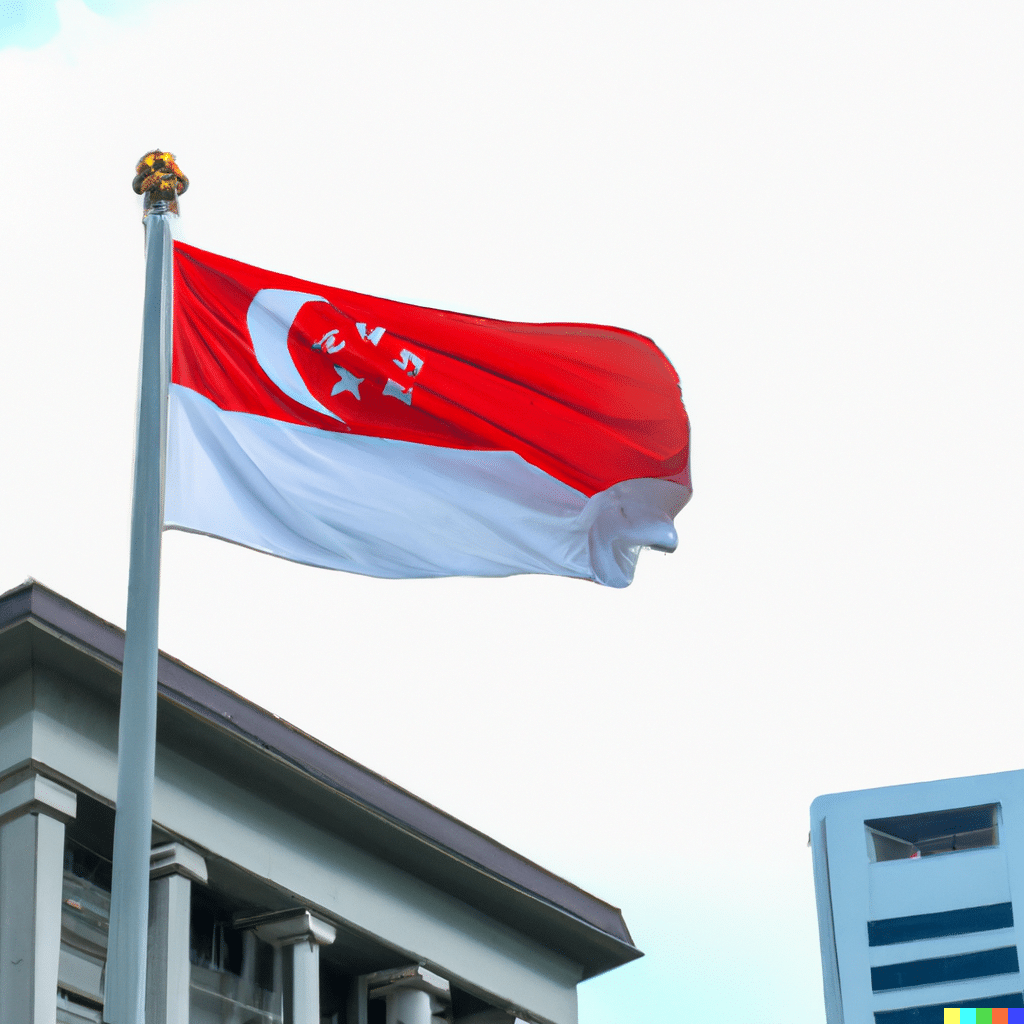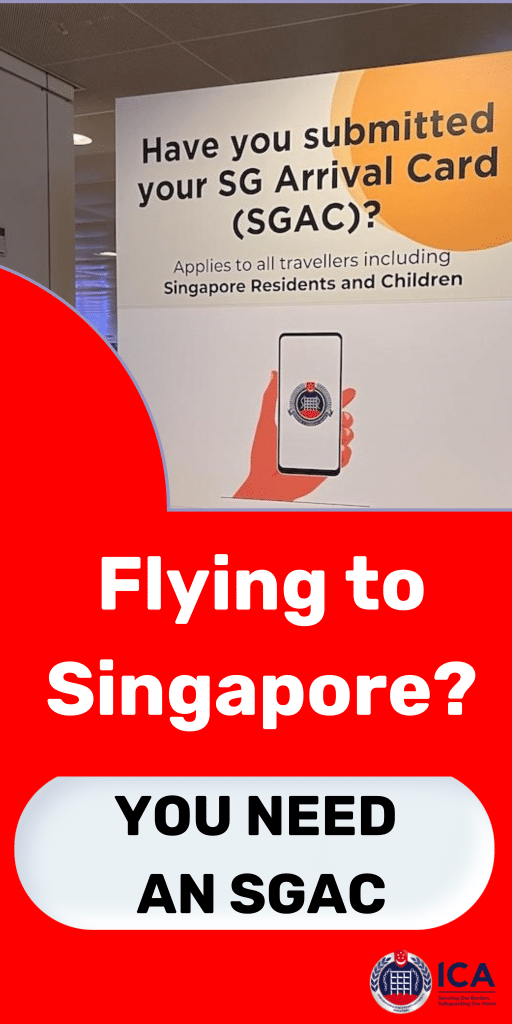In 1965, Singapore separated from the Federation of Malaysia to become an independent sovereign state after just two years of merger. This marked a pivotal turning point in Singapore’s history. But what led to the surprising yet inevitable split just months after a painful, contested union?
Multiple irreconcilable factors drove the separation.
Differing Political Ideologies
Fundamentally, Singapore and Malaysia’s leaders held divergent visions for politics and governance despite close ethnic and cultural ties:
- The People’s Action Party (PAP) which ruled Singapore favoured multiracialism, socialism and meritocracy in contrast to Malaysia’s bumiputera racial preferential policies.
- UMNO, which dominated Malaysia, had an ethnic Malay nationalist ideology that discriminated against Singapore where Malays were a minority.
- Singapore’s Lee Kuan Yew envisioned a Malaysian Malaysia where all had equal rights but UMNO advocated Malay supremacy and privilege. This bred mistrust.
These political differences meant unity was difficult. The two ruling parties ultimately had opposing mindsets about nation-building.
Rising Inter-Communal Tensions
Racial tensions had emerged even before independence, but following unification communal friction intensified:
- The PAP adopted pro-Malay policies in Singapore to foster harmony. But UMNO played up Singaporean Chinese economic domination to stoke Malay insecurity.
- In Malaysia, the PAP tried to represent all communities, angering UMNO which claimed itself as the sole Malay representative.
- Racial violence erupted during election rallies in 1964 as UMNO attacked PAP’s multiethnic politics.
Such inter-racial disharmony proved explosive, foreshadowing worse riots and making merger untenable.
Personality Clashes Between Leaders
As differences surfaced, Singapore’s Lee Kuan Yew and Malaysia’s Tunku Abdul Rahman also saw their relationship deteriorate:
- The two leaders had built an affectionate rapport during the merger talks but later clashed heatedly over policy disputes.
- Their arguments became personal as the Tunku saw Lee as an ambitious upstart while Lee considered the Tunku as incompetent and unable to honor promises.
- Ultimately their relationship was damaged beyond repair, making political reconciliation impossible.
Without cooperation between leaders, the ideological gulf only widened further.
Economic Disagreements
Economic tensions also simmered as Singapore and Malaysia disputed revenue sharing and economic policy:
- Malaysia thought Singapore retained too much revenue collected from Sabah and Sarawak under the merger.
- Singapore felt exploitation as Malaysian tariffs on Singapore goods nullified revenue benefits.
- UMNO’s pro-Malay affirmative action policies also worried Singapore which preferred merit-based policies.
Financial friction made continued union unpalatable amid mistrust over distribution of prosperity.
External Military Threats
Ongoing Konfrontasi confrontation with Indonesia under Sukarno also pressured the merger:
- Indonesia strongly opposed the formation of Malaysia and Singapore’s inclusion, leading to violent border raids and bomb attacks.
- The conflict consumed security resources from both Malaysia and Singapore during merger.
- Indonesia’s unresolved military threats strained political ties and diverted focus from unity.
Ultimately, the merger under volatile situations proved too fragile to withstand multiple centrifugal strains.
Collapse of Inter-Community Compromise
Singapore represented the most multiracial state in Malaysia, an anomaly in a divided polity. But race-blind multiracialism soon faltered:
- The PAP’s equality promises failed to resonate with the Chinese while outraging Malays.
- Singapore’s multiracial, pro-labour stances became seen as too leftwing both federally and domestically.
- Shared identity as modern citizens came under strain from communalism and contestation.
Unable to make multiracialism work within Malaysia’s realities, separation became the only peaceful outcome.
Clean Break
Once mistrust built up, the relationship could not be salvaged. The compromises under merger had collapsed in just two years:
- UMNO saw the PAP as a threat to their hold on power and Malay supremacy. Expulsion became convenient.
- For Singapore, separation was the only way to safeguard its economic livelihood under hostile federal policies.
- Once communal riots flared, tolerant coexistence seemed impossible. Leaders on both sides lost faith.
The ejection was thus a clean break born of mutual antagonism and distrust after failed reconciliation attempts. An acrimonious divorce became unavoidable.
In summary, the short-lived Singapore-Malaysia merger failed largely due to clashing political visions between two rival peoples and parties despite close bonds. Communalism had torn apart the unifying dream. This turned a promising union into a troubled, unwanted marriage doomed for divorce.

Goh Jun Cheng is the chief staff writer for SingaporeAirport.com. Jun Cheng graduated with a degree in journalism from Nanyang Technological University in Singapore.
He has over 5 years of experience writing about aviation, tourism, and lifestyle topics relevant to locals and visitors in Singapore. His articles provide insights into the rich culture, cuisine, and attractions of Singapore. Jun Cheng is an avid traveler who has visited over 15 countries.
When he is not writing or traveling, he enjoys photography, trying new foods, and hiking. As a longtime Singapore resident, Jun Cheng is passionate about sharing hidden gems and perspectives about his home country.




